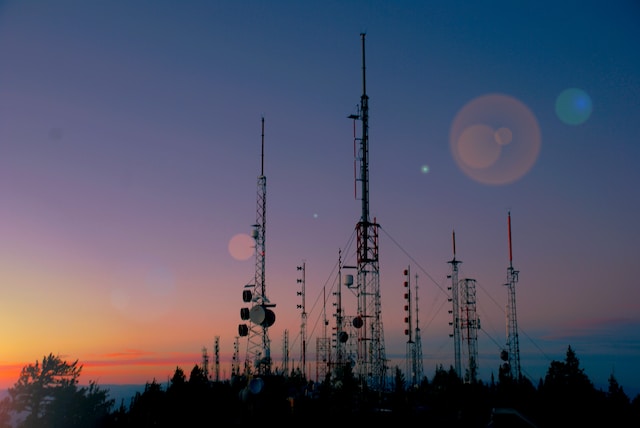Checking hardware systems is a good place to start when troubleshooting connectivity problems. Ensure that all cables are connected properly and that there are no obvious signs of damage or wear. Websites take longer than usual to load or return timeout errors. Applications and devices slow down in performance, and domain syncing and authorization jobs fail after long wait times.
Check the Hardware
As anyone who has ever dealt with a network issue knows, troubleshooting existing networks New England is vital. However, having the right tools can make the process much faster. For example, a network performance monitoring tool can help you quickly identify and resolve issues impacting end users. Having a network inventory list and a detailed network topology map can also be helpful in troubleshooting connectivity problems. Finally, it’s important to check that your hardware is working properly. Many issues that cause network connections to fail can be resolved by verifying physical connectivity, such as ensuring that all cable wires are connected correctly or that a switch hasn’t been accidentally turned off or off again. You should also check that your network devices have the latest firmware updates. Firmware updates can often fix device-specific issues that affect network connectivity. You can find these updates by visiting the device manufacturer’s website and downloading them according to their instructions.
Check the Network Settings
Whether you’re troubleshooting your network at home or a professional one you manage as a network administrator, it helps to follow a tried and true method to identify and resolve network issues. These steps include checking the device configuration, verifying network services are running properly, and looking for bottlenecks preventing your users from accessing the network. These steps should also involve examining the logs of each network device to determine what changes took place around the time your users reported problems. These logs can be found by reading each device’s packet captures and flow data. For example, if it turns out that the network router was defective, you can use these logs to find out why. This will help you devise a plan for fixing the problem, such as ordering new routers or rolling back software to a previous version. This approach will help you eliminate several possible causes of network connectivity problems and develop the right solution more quickly.
Check the Internet Connection
A common cause for network connectivity problems is a lack of internet connection. It can be due to several reasons, such as a faulty router or modem or a cable that has become disconnected. It could also be a security problem caused by an outdated firewall blocking incoming or outgoing network traffic. You should reboot the router or modem if the internet is not working. This will clear temporary files and reset them to the default settings. If this does not work, try connecting to the internet on another device to determine whether the router or modem is causing the issue. You should also check the cable between the computer and the network device to ensure it is connected properly. Then, it would help if you verified connectivity by pinging a well-known website to ensure it can be reached. If this step does not resolve the problem, you should move on to the next troubleshooting steps.
Check the Devices
If network devices like routers and switches are not functioning properly, they can cause connectivity problems. Checking the hardware can help resolve these issues. This can include ensuring the cables are connected correctly, the switch is in the correct position, and the device is power cycling. The adage, “Have you tried turning it off and on again?” is often helpful in this case. Another way to troubleshoot the devices is to look at the device logs. This can include looking at events such as packet captures and flows. This can help pinpoint what changed around the time that the problem started. Verifying that the devices are running the latest firmware is also a good idea. This can prevent devices from becoming obsolete and help resolve network issues that may arise due to outdated software. This can also help reduce the mean time to repair (MTTR). A network monitoring tool can help with this.

